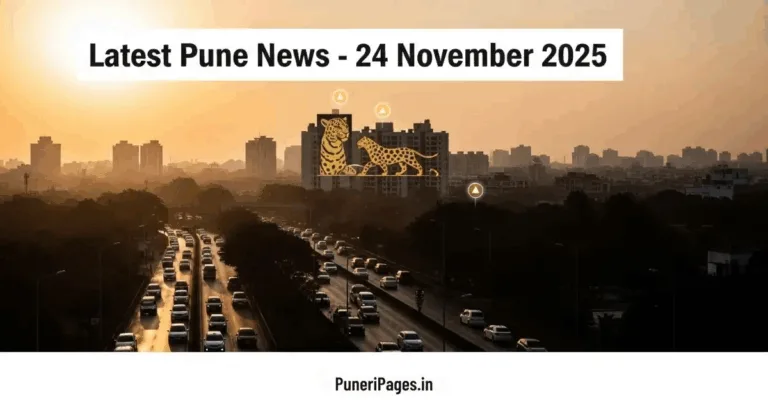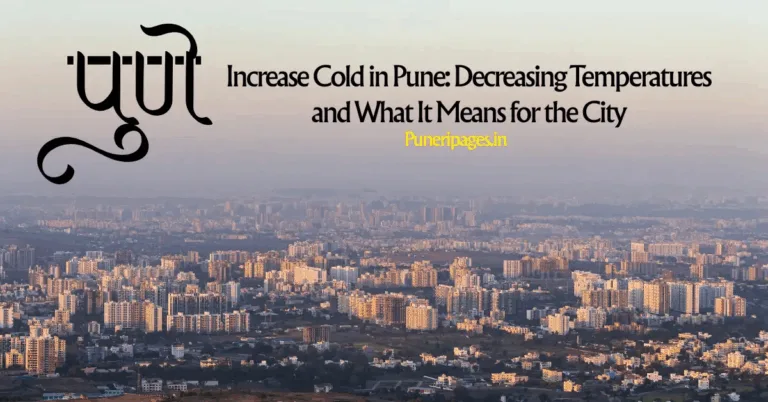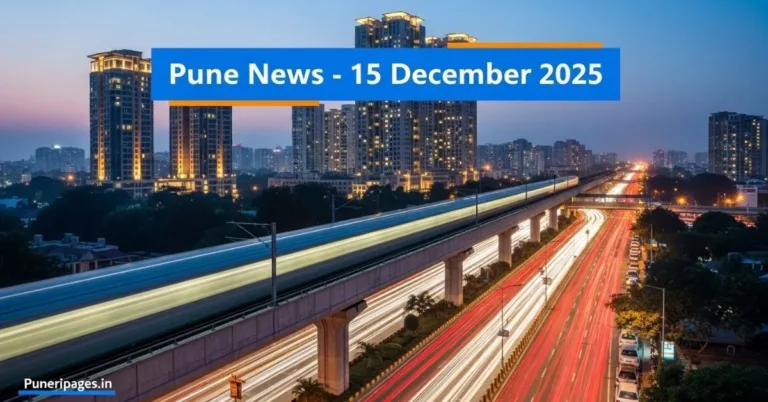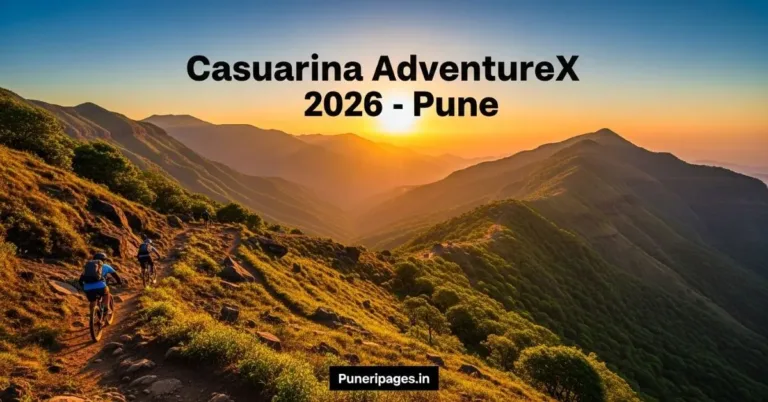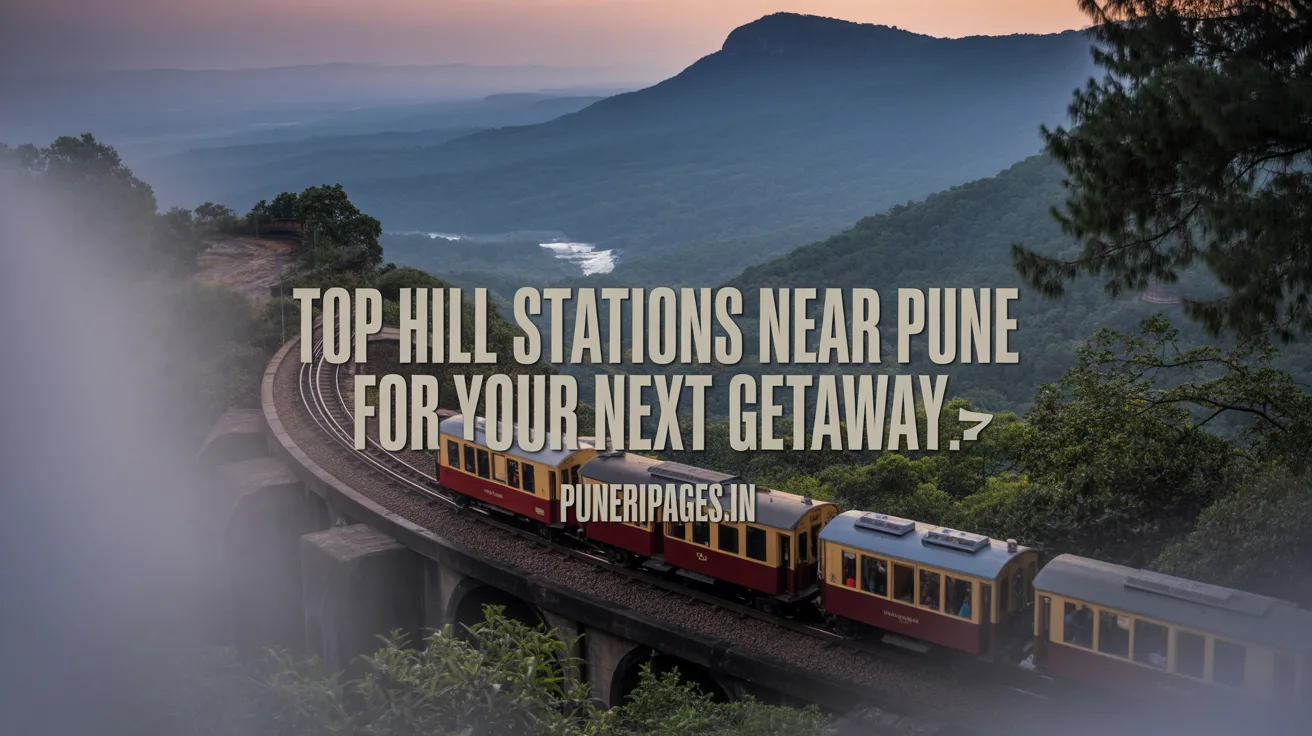
Misty escapes from Pune – explore Lonavala, Mahabaleshwar, Matheran, Lavasa, and more. Plan your next trip with puneripages.in
Table of Contents
Introduction
If you’re craving a refreshing getaway from Pune’s bustling city life, you’re in luck. Nestled amidst the scenic terrain of the Western Ghats, Pune is surrounded by charming hill stations that offer a much-needed break from the chaos of daily life.
Whether you’re a nature enthusiast, an adventure junkie, or someone in search of tranquility, these destinations promise breathtaking natural beauty, cooler climates, and a sense of rejuvenation. Plus, their proximity to Pune makes them perfect for weekend trips or even spontaneous getaways.
🏜️ Why Visit Hill Stations Near Pune
- Quick Getaway: Most are just a 1–3 hour drive from the city, making them easily accessible.
- Pleasant Climate: Enjoy cooler, misty weather, especially soothing during the hot summer months and refreshing in the monsoon season.
- Scenic Beauty: Expect verdant valleys, majestic waterfalls, lush forests, and panoramic mountain vistas.
- Adventure Activities: Perfect for trekking, camping, zip-lining, paragliding, boating, and horse riding.
- Cultural Heritage: Many of these hill stations are steeped in history, featuring ancient forts, temples, colonial architecture, and local folklore.
- Family-Friendly: With plenty of activities for all age groups, these destinations are ideal for families, solo travelers, and romantic couples alike.
📺 Top Hill Stations Near Pune
1. Lonavala & Khandala
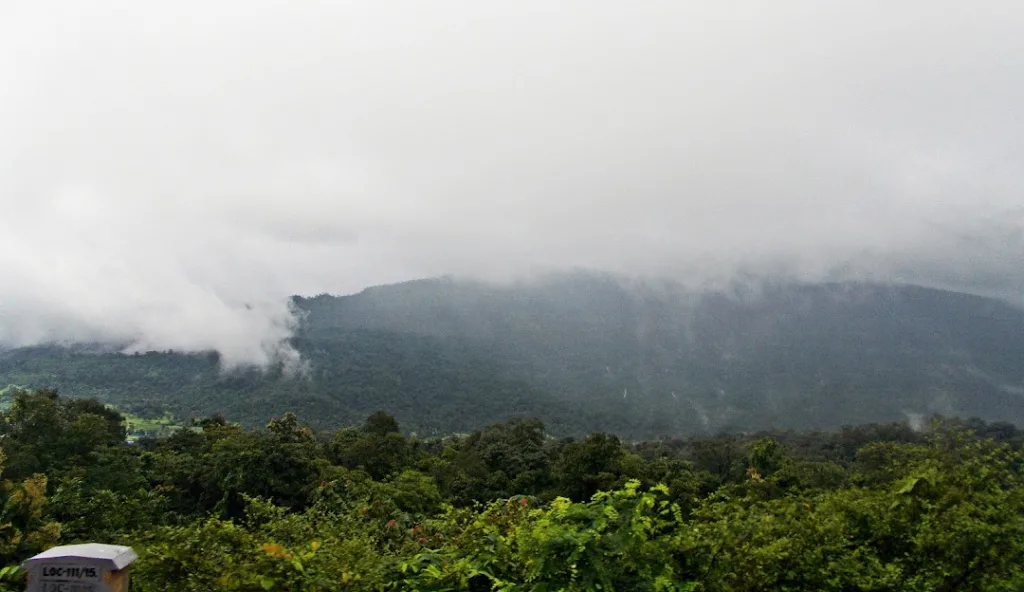
- Distance: Just 65 km from Pune
- Famous for: Bhushi Dam, Tiger’s Leap, Rajmachi Fort, Karla & Bhaja Caves
- History: These twin hill stations gained popularity as summer retreats during British rule in India. They have long been favored for their cool climate and striking natural beauty. Karla and Bhaja Caves date back to the 2nd century BCE, offering an intriguing peek into ancient Buddhist history.
- Who Developed It: Promoted by the British in the 19th century as stations to beat the oppressive summer heat.
- Best Time to Visit: June to September (monsoon) for waterfalls and greenery; October to February for cool, dry weather and sightseeing.
2. Mahabaleshwar
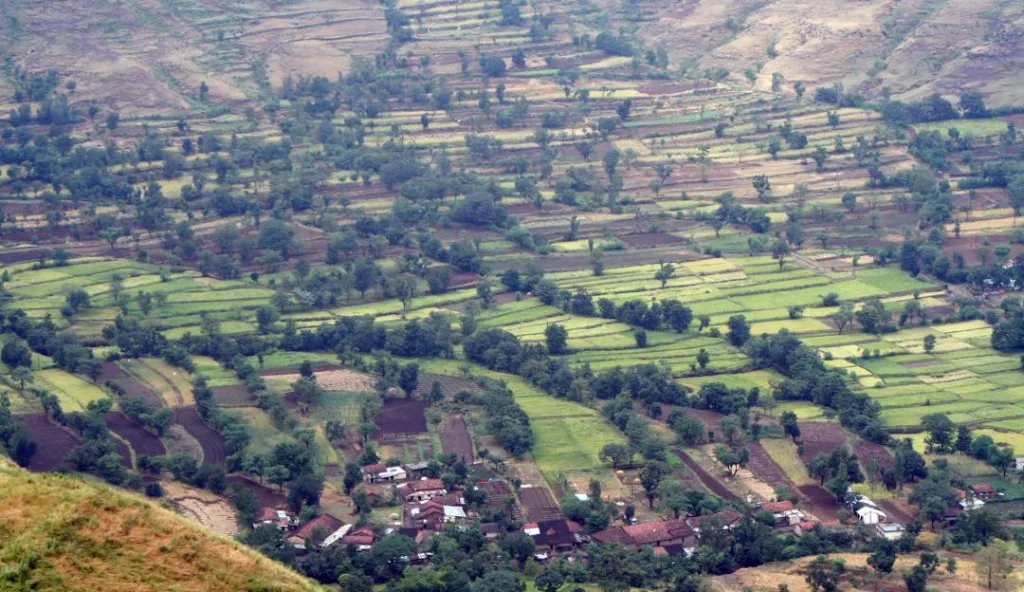
- Distance: 120 km from Pune
- Famous for: Strawberries, Pratapgad Fort, Venna Lake, Arthur’s Seat, Wilson Point
- History: Originally known as Malcolm Peth, Mahabaleshwar became a British summer capital due to its elevation and climate. The town was formally developed in the 1820s and has continued to thrive as a top tourist destination in Maharashtra.
- Who Developed It: Colonel Lodwick was the first European to scale the hill in 1824. The British later popularized it.
- Best Time to Visit: October to June; March to May is best for strawberry picking. Winters are perfect for sightseeing and cool breezes.
3. Matheran
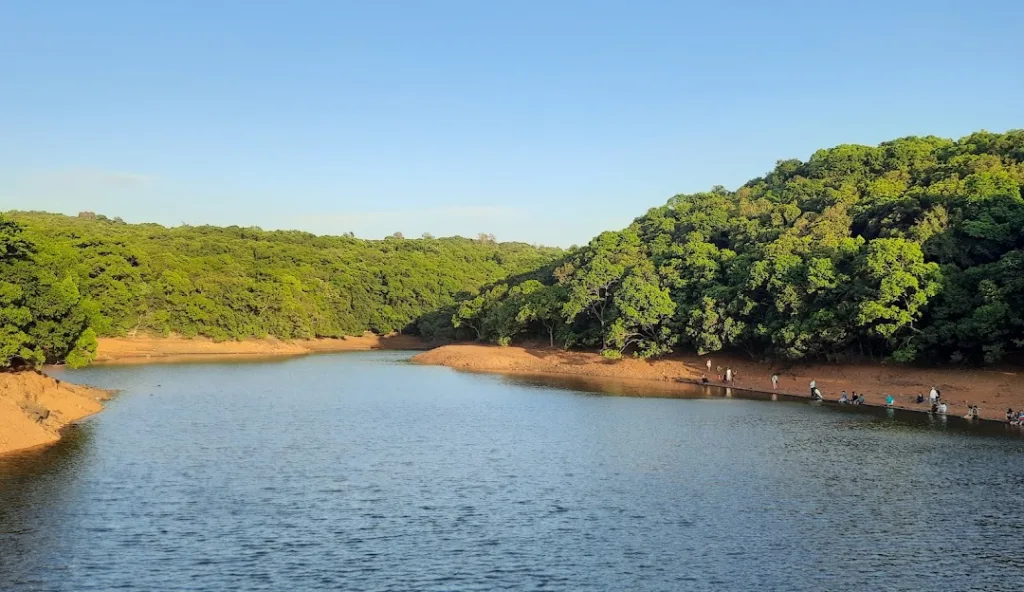
- Distance: 120 km from Pune
- Famous for: No-vehicle zone, Toy Train, Charlotte Lake, sunset points like Panorama Point
- History: Matheran was discovered in 1850 by Hugh Poyntz Malet, the then district collector of Thane. Its pristine environment, aided by the prohibition of vehicles, makes it one of the most peaceful hill stations in India.
- Who Developed It: Hugh Malet initiated development. The Matheran Light Railway was introduced in 1907 by Sir Adamjee Peerbhoy.
- Best Time to Visit: October to May. Avoid during heavy monsoons due to landslide risks and train disruptions.
4. Panchgani
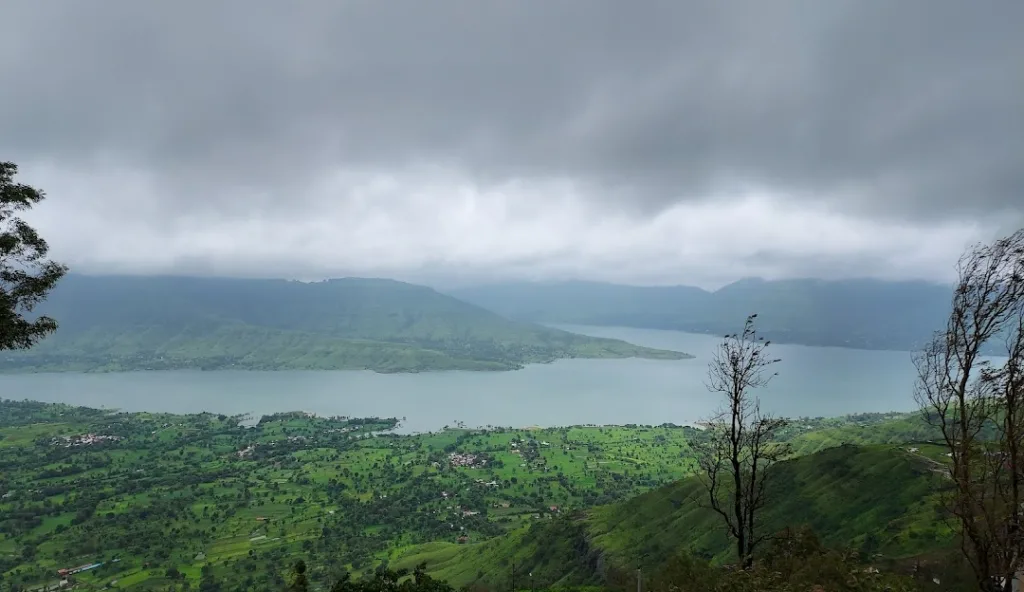
- Distance: 100 km from Pune
- Famous for: Table Land, Mapro Garden, colonial boarding schools, Parsi homes
- History: The name Panchgani means ‘five hills.’ It was developed as a retirement spot for British officials in the 19th century because of its salubrious climate and stunning plateau views.
- Who Developed It: John Chesson, a British Superintendent, discovered and planned the town in the 1860s.
- Best Time to Visit: September to May. Winter brings misty views and flowers; summer has fruit festivals.
5. Lavasa
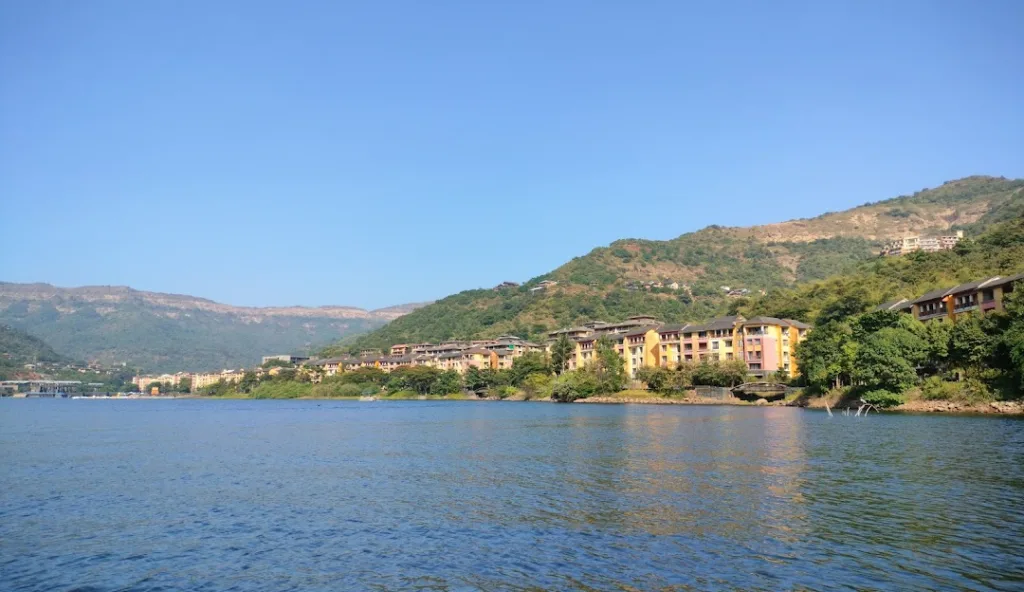
- Distance: 60 km from Pune
- Famous for: Lakeside promenade, colorful buildings, adventure sports, Italian-style town planning
- History: Lavasa is India’s first planned hill city, inspired by Portofino, Italy. The project started in the early 2000s and aimed to create a modern urban living experience in a hilly environment.
- Who Developed It: Developed by Lavasa Corporation, spearheaded by Hindustan Construction Company (HCC).
- Best Time to Visit: June to March. Monsoon gives it a lush look, while winter offers clearer skies and activities.
🚗 How to Plan Your Trip
- Travel Mode: Car and bike trips are scenic and enjoyable; buses are also available.
- Stay Options: Ranging from budget homestays and charming B&Bs to luxury resorts and heritage hotels.
- Packing Tips: Pack light woolens for winter and raincoats or umbrellas for the monsoon. Don’t forget sunscreen, insect repellent, and trekking gear if needed.
- Local Tips: Try local delicacies such as strawberry cream in Mahabaleshwar, chikki in Lonavala, and corn on the cob (bhutta) sold along winding roads.
- Photography Spots: Tiger’s Leap (Lonavala), Arthur’s Seat (Mahabaleshwar), Table Land (Panchgani), Charlotte Lake (Matheran), Lavasa Promenade.
- Nearby Attractions: Combine trips with nearby attractions like Bhimashankar Temple, Kaas Plateau, or Panshet Dam.
🚀 Conclusion
Living in Pune offers the unique advantage of being surrounded by some of India’s most picturesque and accessible hill stations. Whether you’re drawn to colonial-era charm, spiritual serenity, historical intrigue, or just a break from the city’s buzz, these hill towns have something special to offer. From ancient Buddhist caves in Lonavala to Italy-inspired cityscapes in Lavasa, each destination carries its own story, allure, and experience.
Whether it’s a quick weekend getaway or an extended retreat, Pune’s neighboring hills offer the perfect setting for rest, exploration, and rejuvenation. So the next time the city heat gets to you, bookmark this guide, share it with fellow travel lovers, and let the road lead you uphill—to mist, mountains, and memories.
❓ Frequently Asked Questions (FAQs)
Q1: What are the best months to visit hill stations near Pune?
A: The ideal time varies by location. Lonavala and Lavasa are best during the monsoon (June–September), while Mahabaleshwar and Panchgani shine in winter (October–February). Matheran is perfect from October to May.
Q2: Which hill station near Pune is best for a quick weekend trip?
A: Lonavala and Khandala are the most convenient, just about an hour’s drive away from Pune. They offer great views, waterfalls, and forts.
Q3: Are there any vehicle-free hill stations near Pune?
A: Yes, Matheran is a no-vehicle zone, offering a peaceful and eco-friendly environment. Visitors must park their vehicles outside the town.
Q4: Is Lavasa still open to tourists despite its controversies?
A: Yes, Lavasa remains open for tourism. While residential development slowed, the lakeside promenade, restaurants, and adventure activities are still operational.
Q5: What are some unique experiences I shouldn’t miss?
A: Don’t miss strawberry picking in Mahabaleshwar (March–May), boating in Lavasa, the toy train in Matheran, and hiking to Rajmachi Fort in Lonavala.
Q6: Can I visit these hill stations by public transport?
A: Yes, most are connected by bus or train. Lonavala, Khandala, and Matheran are easily accessible via rail, while MSRTC and private buses serve Mahabaleshwar, Panchgani, and Lavasa.
Q7: Are these hill stations safe for solo travelers or women travelers?
A: Generally, yes. These destinations are popular and see many visitors year-round. Still, it’s wise to follow standard travel precautions, especially at night or in remote areas.
Q8: What local delicacies should I try at these hill stations?
A: Strawberry cream in Mahabaleshwar, chikki in Lonavala, corn on the cob in Matheran, and wood-fired pizzas or lakeside snacks in Lavasa are must-tries!
